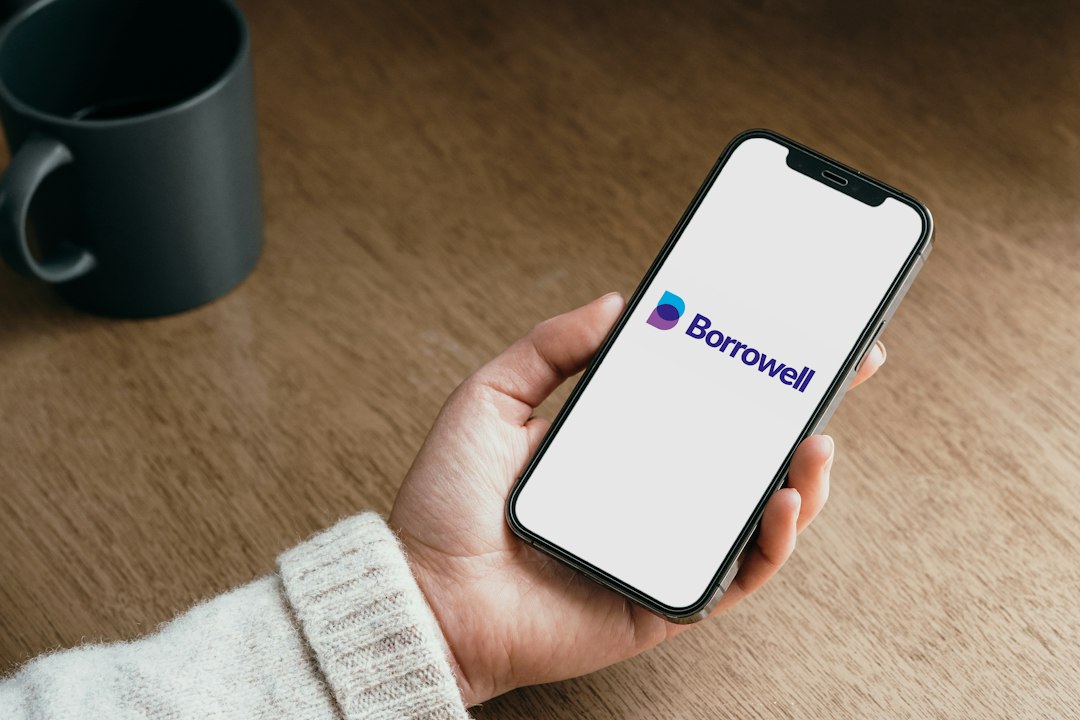Diving into Spot Bitcoin ETFs
On January 17, a social media thread featured crypto analyst Joe Burnett and others discussing a series of eleven SEC-approved spot Bitcoin ETFs. Among these, BlackRock’s offering stood out. The conversation was a mix of humor and critique, illustrating the complex relationship between traditional finance and the world of cryptocurrency.
ETF Ownership Metaphor
Burnett started the conversation, likening owning a spot Bitcoin ETF to having a girlfriend who lives in BlackRock’s apartment. The catch? BlackRock only sends you her photo every quarter, adding a layer of detachment to the ownership experience. This analogy amusingly highlights the indirect nature of ETF ownership.
The Financial Twist
Expanding on this analogy, Burnett added a financial twist: BlackRock charges a fee for taking care of this metaphorical girlfriend. This comment points to the fees associated with ETFs, contrasting with the typically lower cost of direct cryptocurrency ownership.
Daily Reporting
Alex Thorn, Head of Research at Galaxy Digital, suggested that investors actually receive a “picture” (metaphorically speaking) from the previous night every morning. Thorn’s remark subtly underscores the daily reporting of ETFs, providing a more frequent update than quarterly reporting.
A Critical Take
BitMEX Research contributed to the conversation with a more critical take, describing receiving a nightly picture around 3AM but with an ambiguity about whether the image was taken one or two days prior. Moreover, they highlighted the cost of a terminal required to receive these updates ahead of others, a nod to the expensive Bloomberg terminals often used in traditional finance. The $36,000 annual cost for such a service starkly contrasts with the open and often low-cost access associated with direct cryptocurrency dealings.
Hot Take
The discussion of the SEC-approved spot Bitcoin ETFs revealed a mix of humor and critique, shedding light on the indirect nature of ETF ownership and the associated fees, as well as the differences in reporting and costs when compared to direct cryptocurrency dealings. This highlights the complex relationship between traditional finance and the burgeoning world of cryptocurrency.





 By
By
 By
By
 By
By
 By
By
 By
By